 In a previous job, my development supervisor bought me nail polish since she knew I enjoy wearing it. This was evident, as I had done so in the office previously.
In a previous job, my development supervisor bought me nail polish since she knew I enjoy wearing it. This was evident, as I had done so in the office previously.
However, this supervisor was also the one to tell me to remove the nail polish before I went to
any donor event or donor meeting.
The message was clear: You can be whoever you want to be, as long as it doesn’t interfere
with or inconvenience our revenue streams.

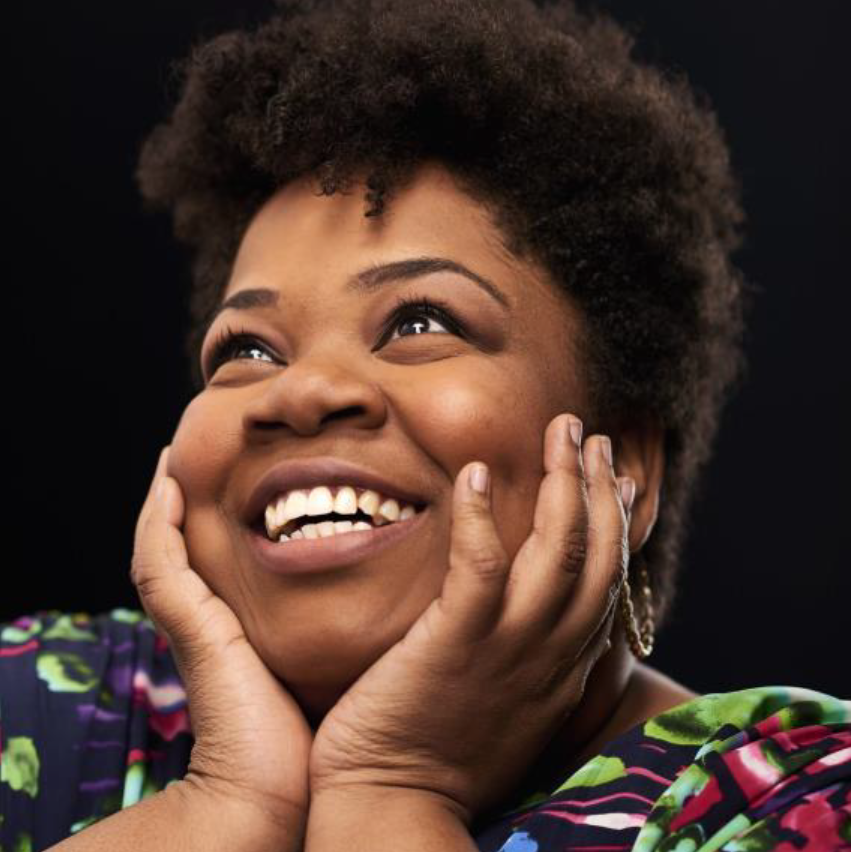 In 2018 I started training with Coach Tricia Arcaro Turton at her boxing gym, Arcaro Boxing. It’s located at 1208 E. Jefferson St., in that weird zone where Seattle’s very white, used-to-be-hella-queer Capitol Hill neighborhood bleeds into the once-upon-a-time-hella-Black (historically speaking) and used-to-be-affordable Central District neighborhood.
In 2018 I started training with Coach Tricia Arcaro Turton at her boxing gym, Arcaro Boxing. It’s located at 1208 E. Jefferson St., in that weird zone where Seattle’s very white, used-to-be-hella-queer Capitol Hill neighborhood bleeds into the once-upon-a-time-hella-Black (historically speaking) and used-to-be-affordable Central District neighborhood. 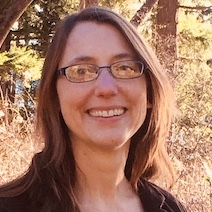 “I don’t help people. I provide tools for people least served by the system,” says Rima Green, Growing Gardens’ Lettuce Grow program director. A Portland-based nonprofit, Growing Gardens uses the experience of growing food in schools, backyards, and correctional facilities to cultivate healthy and equitable communities.
“I don’t help people. I provide tools for people least served by the system,” says Rima Green, Growing Gardens’ Lettuce Grow program director. A Portland-based nonprofit, Growing Gardens uses the experience of growing food in schools, backyards, and correctional facilities to cultivate healthy and equitable communities.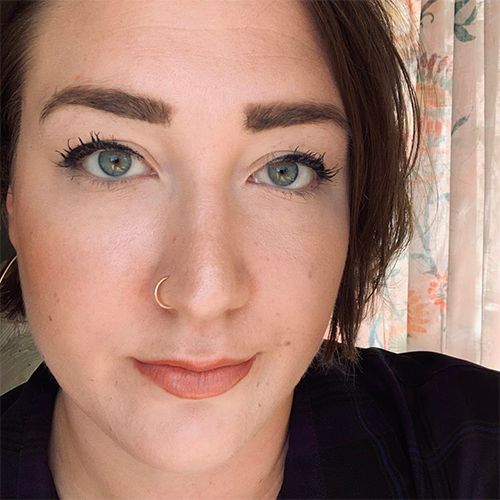 As an Autistic woman and as a fundraiser who has worked at a disability-focused nonprofit for almost 10 years, one of the first things I’m asked when I talk about my identity or the work that I do is, “Have you heard of [X nonprofit]? They work with people with disabilities.”
As an Autistic woman and as a fundraiser who has worked at a disability-focused nonprofit for almost 10 years, one of the first things I’m asked when I talk about my identity or the work that I do is, “Have you heard of [X nonprofit]? They work with people with disabilities.” 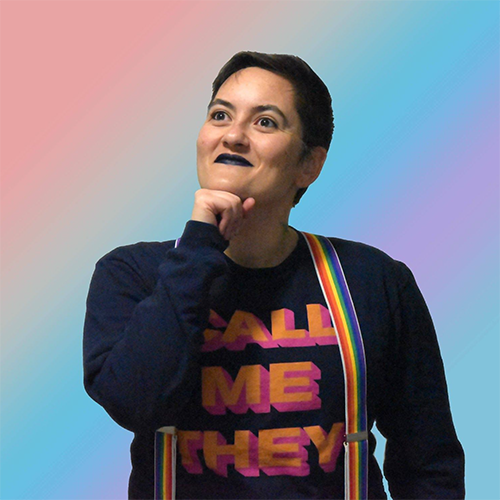 Usually at the end of any given year, all throughout Facebook Nonprofit Group Land, white, cisgender, heterosexual, abled women in HR and director positions start numerous posts asking different variations of, “What end of the year gift should we be giving our employees to show our appreciation for their work?”
Usually at the end of any given year, all throughout Facebook Nonprofit Group Land, white, cisgender, heterosexual, abled women in HR and director positions start numerous posts asking different variations of, “What end of the year gift should we be giving our employees to show our appreciation for their work?” 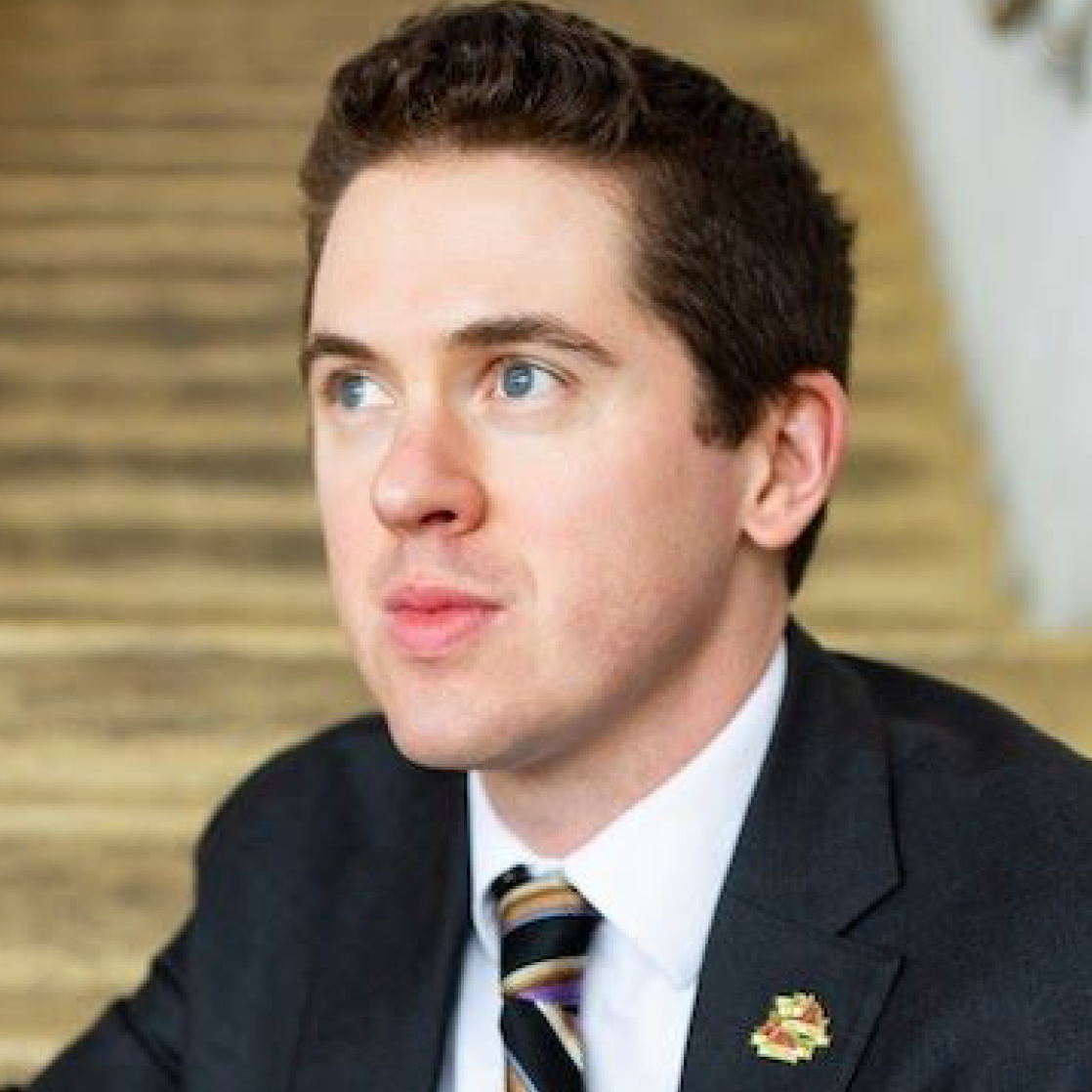 There’s a TED Talk by entrepreneur and humanitarian Dan Pallotta, entitled: The way we think about charity is dead wrong.
There’s a TED Talk by entrepreneur and humanitarian Dan Pallotta, entitled: The way we think about charity is dead wrong. One thing we are learning when it comes to community-centric fundraising is to move away from individual storytelling and toward organizational storytelling.
One thing we are learning when it comes to community-centric fundraising is to move away from individual storytelling and toward organizational storytelling. In mid-July this year, the Community-Centric Fundraising movement was launched. Some people thought it was ridiculous to launch a movement in the middle of a double pandemic — and normally they would be right!
In mid-July this year, the Community-Centric Fundraising movement was launched. Some people thought it was ridiculous to launch a movement in the middle of a double pandemic — and normally they would be right! As I reflect on the last three years of successes and failures in actualizing a practice centered around community-centric fundraising, I identified some key activities that helped me get started. I hope they help you introduce this movement to your work.
As I reflect on the last three years of successes and failures in actualizing a practice centered around community-centric fundraising, I identified some key activities that helped me get started. I hope they help you introduce this movement to your work. Fundraiser, tell me, have you smiled today? With so much to accomplish in the final few weeks of the year, I am willing to bet your self-care has gone out the window. For those of us who may feel battered and bruised due to the repeated blows 2020 dealt, the pressure of year-end fundraising can take our exhaustion and stress to new heights. We have volunteers to thank, dollars to raise, and donations to process.
Fundraiser, tell me, have you smiled today? With so much to accomplish in the final few weeks of the year, I am willing to bet your self-care has gone out the window. For those of us who may feel battered and bruised due to the repeated blows 2020 dealt, the pressure of year-end fundraising can take our exhaustion and stress to new heights. We have volunteers to thank, dollars to raise, and donations to process.  I might as well start this essay about Christian foundations with a confession: I am pretty darn uncomfortable working as a fundraiser at religiously-affiliated nonprofit.
I might as well start this essay about Christian foundations with a confession: I am pretty darn uncomfortable working as a fundraiser at religiously-affiliated nonprofit.